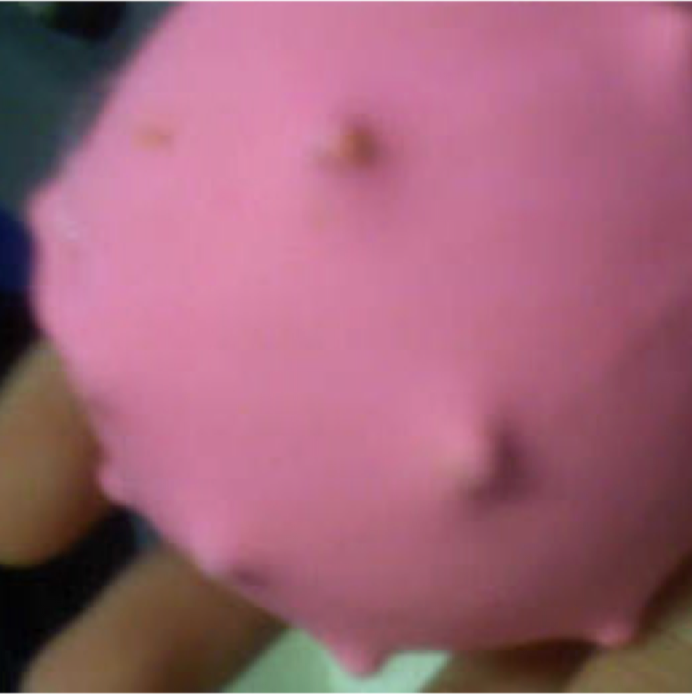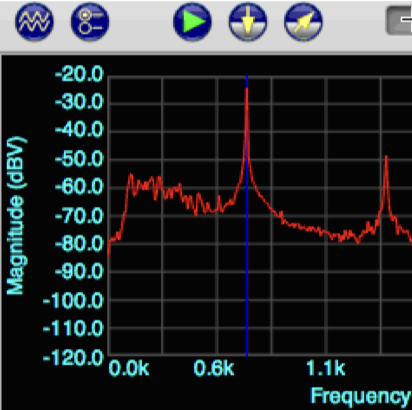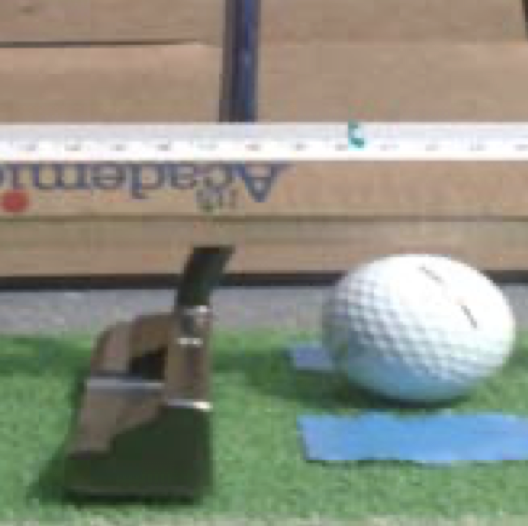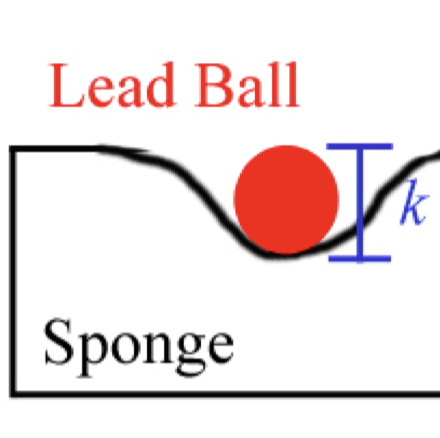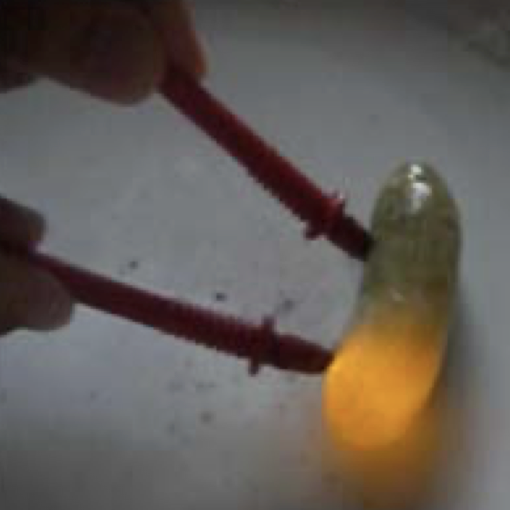ISB Journal of Physics
Volume 3
January - December, 2009
Archived under the ISJOS collection
A sphere with turbulators of varying diameter was pulled through water with constant force. The relationship between the diameter of the turbulators and the ball’s total coefficient of drag was determined. The maximum drag reduction was found with turbulators of 0.002 m. The drag reduction was less for turbulators of sizes 0.004 m and 0.005 m.
The wavelength and end correction was investigated as a function of the tube length of a recorder over a range of frequencies. It was found that the period of the sound produced varies linearly with the recorder’s tube length, as expected. It was also found that the end correction does not vary as a function of frequency. However, the end correction at the hole was found to be much greater than the end correction at the end of a resonating tube.
The relationship between the impact speed of a putter head and the resulting velocity a golf ball was investigated using a high speed camera. Putting strokes were performed by a golfer with a handicap of eight. Tests were done over the full range of typical putting strokes. It was found that the initial velocity of the golf ball was directly proportional to the impact speed.
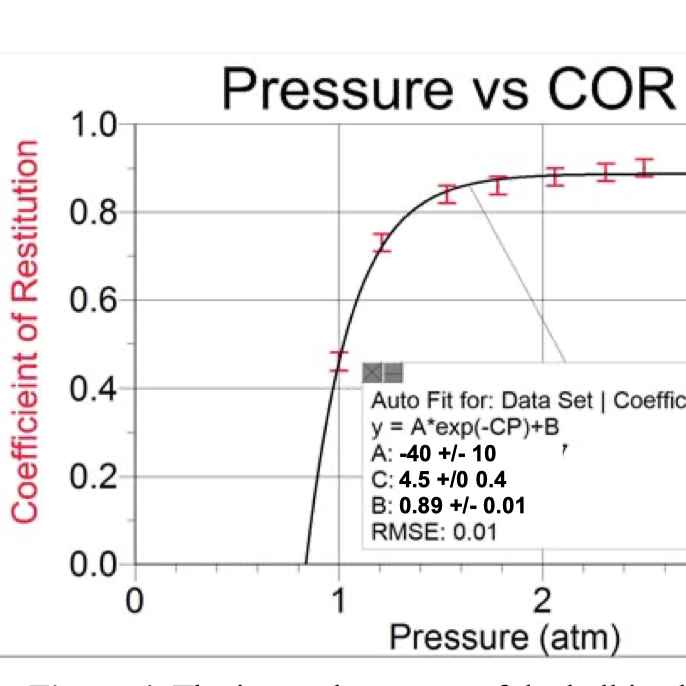
The relationship between the internal air pressure and the coefficient of restitution was investigated for an inflated rubber ball. The ball was dropped and its position was tracked with a motion detector. The velocity, before and after impact, and the internal pressure were determined. It was found that the pressure and the coefficient of restitution were exponentially related, with the coefficient of restitution approaching a maximum value at higher pressures.
The utilization of cushioning to increase collision time and reduce impact force was explored using a metal ball and varying thicknesses of polyester sponge. A linear relation was found between collision time and the thickness of polyester sponge cushioning up to a limit. After the limit, the collision time was independent of the thickness.
The phenomenon known as the glowing pickle was investigated. Voltages ranging from 80-140 Volts AC were placed across a variety of vegetable specimens, both fresh and soaked in several salt solutions. The glowing was caused by electric arcing across a steam-filled cavity in the specimen. The emission spectra showed lines indicating the presence of potassium and sodium ions in the fresh specimens. In the specimens soaked in salt solutions, emission spectra matching the salt ions were observed.

